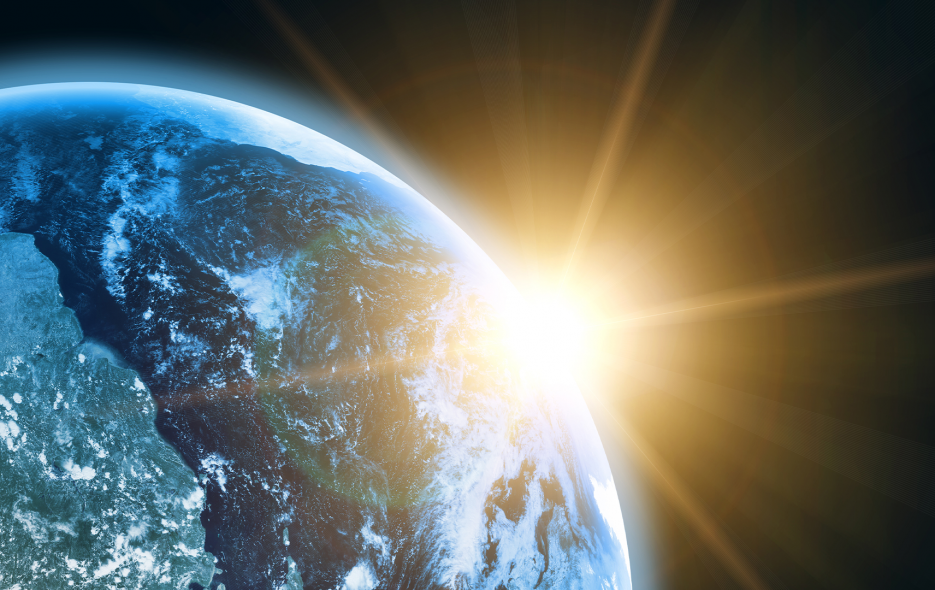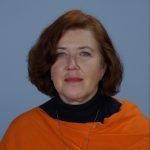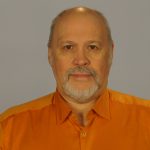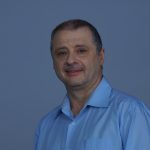Space Weather: Environmental Impact Assessment
Space weather events such as solar energetic particle events and geomagnetic storms, as well as geomagnetic field weakening, can greatly affect the Earth’s environment (radiation environment, ozone depletion, atmospheric chemistry, and surface temperature variations) and pose a serious threat to today’s technological society.
About the course
The purpose of studying the discipline: to give students a modern picture of knowledge about the Sun and solar activity, about the impact of energetic particles (of solar and cosmic origin) on processes in the Earth’s atmosphere. Separately, paying attention to the risks associated with extreme events on the Sun and in outer space on the state of the ozone layer and surface temperature, assessing the degree of danger to the environment.
The course will introduce students to various sources and energies of particles that precipitate into the Earth’s atmosphere; processes of atmosphere ionization by protons of galactic cosmic rays, solar energy particles, high-energy and relativistic electrons; consideration of the mechanisms of the impact of energetic particles on the Earth’s atmosphere, including chemical changes in the upper and middle layers of the polar atmosphere, dynamic and radiation processes in the Earth’s atmosphere, as well as the formation of the Earth’s climate.
The acquired knowledge and skills will allow students to independently determine the level of danger during extreme solar events and geomagnetic storms, inversions and excursions of the geomagnetic field, assess these threats and assess the degree of danger to the environment and society.
Course program
Module 1. Sun and solar system, solar activity, galactic and solar cosmic rays, Earth’s magnetosphere, geomagnetic storms and substorms, auroral and relativistic electrons.
Module 2. Energetic particles and their impact on the environment and the Earth’s atmosphere. Characteristics of interplanetary space associated with precipitation of protons and electrons. Registration of energetic particles: ground-based measurements, balloon measurements, satellite measurements.
Module 3. Structure of the Earth’s atmosphere, atmospheric ionization, chemical processes in the Earth’s atmosphere, atmospheric ozone. Impact on the atmosphere of electromagnetic radiation of the Sun. Dynamic and radiation processes in the Earth’s atmosphere, the formation of the Earth’s climate.
Module 4. Cosmic rays, solar modulation of cosmic rays. Geomagnetic shielding. Cosmic rays in the Earth’s atmosphere. Solar proton events and extreme ionization.
Module 5. Structure and chemical composition of the Earth’s atmosphere. Radiation and chemical processes in the Earth’s atmosphere. Atmospheric ozone. Dynamics in the Earth’s atmosphere. Climate forming factors.
Module 6. Influence of the Solar electromagnetic radiation on the atmosphere, ozone layer and climate. Influence of the energetic particles on the atmosphere, atmospheric chemistry, ozone layer and climate. Influence of the Solar protons during geomagnetic reversal time.
At the completion of this course, students will be able to:
- Use the acquired knowledge in their research activities;
- Assess the risks associated with the radiation environment created by solar activity and space weather.
At the completion of this course, students will know:
- The main characteristics of the Sun and solar activity, the interplanetary medium and outer space;
- The main sources and energies of particles precipitating into the Earth’s atmosphere;
- The structure of the Earth’s atmosphere, chemical, dynamic and radiation processes in the Earth’s atmosphere, the principles of the formation of the Earth’s climate.
At the completion of this course, students will own:
- Knowledge of modern problems of solar-terrestrial physics;
- A conscious understanding of the necessary protection during work, or in work conditions associated with extreme events of cosmic and solar origin.
-
Irina Mironova
Candidate of Physical and Mathematical Sciences (PhD) (Russia) and Dr. rerum naturalium (Germany), Senior Researcher at St. Petersburg State University -
Eugene Rozanov
Candidate of Physical and Mathematical Sciences (PhD) (Russia), Senior Research Fellow PMOD/WRC, Switzerland, Leading Researcher at St. Petersburg State University -
Ilya Usoskin
Candidate of Physical and Mathematical Sciences (PhD) (Russia), Professor at the University of Oulu, Finland







